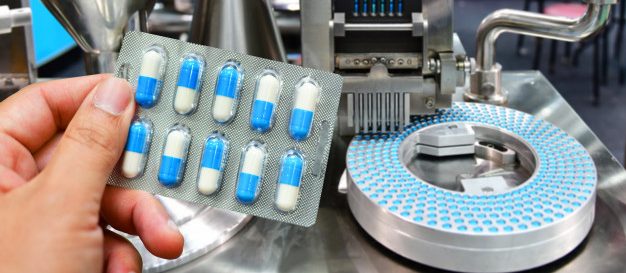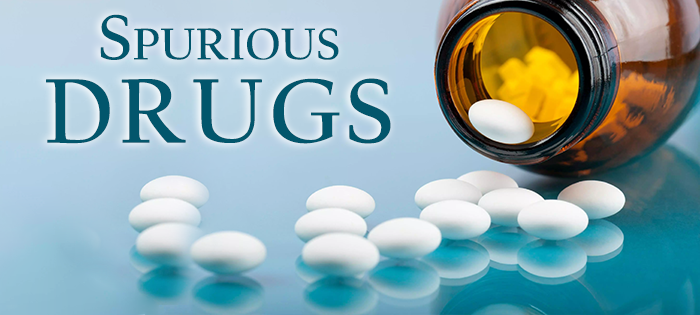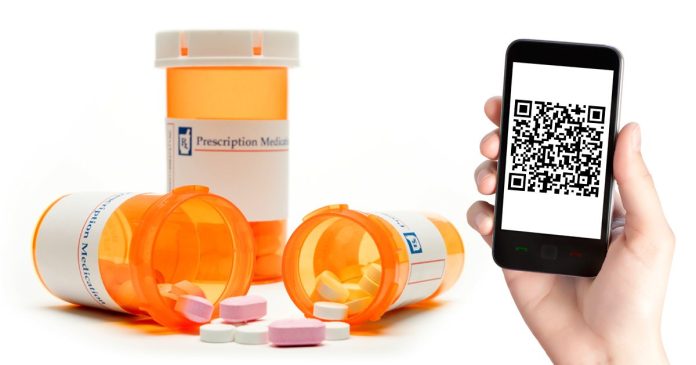- As in any vertical, drug manufacturing in the country is not immune from spurious anti-social elements introducing fakery to make quick bucks. Now, medicine is one critical economic component of any country whose sound health parameters of individuals also reflect the overall health of the society itself. No government in its right senses would allow this crucial aspect to be ignored for there is so much riding on the issue. Indeed, the two years of the pandemic have taught such overbearing lessons to the entire universe that nothing can be taken for granted including resting on the past laurels.

PC: Wellona Pharma
- We all know how the inadequacy of the Indian healthcare infrastructure was brutally exposed during those two years. But for the selfless sacrifices of the medical and scientific community, results on the ground would have been completely different. Thankfully, governments around the world have suddenly woken up to the vagaries of unforeseen medical emergencies and are leaving no stone unturned in sprucing up their respective healthcare infrastructure. The Indian Union Government too has initiated several ground-breaking measures to ensure the healthcare infrastructure functions satisfactorily. But the issue of fake drugs exists.
- Of course, the authorities also must contend with the spurious drugs that are so rampantly used to lure gullible citizens. Unfortunately, making a quick buck at the cost of society’s health drives these elements with nary a thought about ethics. As reported in the newspapers, the Union Government is to soon introduce bar codes or quick response codes to track spurious drugs which is a very good measure to curb the menace. It all began with the Allahabad high court suggesting in 2011 that the Government of India examine if the use of technology to track spurious drugs is doable. A year later, a committee set up by the health ministry laid out a road map to roll out tracking through barcodes in phases as the pharmaceutical industry was wary of additional costs.

PC: Prachi
- Since then, technology costs have fallen sharply, which makes this idea feasible. However, there are two kinds of challenges in this area. The Drugs and Cosmetics Act extensively covers spurious drugs, which are deliberate attempts to cheat. A wider problem is that of substandard drugs that are made by a licensed firm but lack potency because manufacturing practices are not up to the mark. Further, India’s enforcement framework to deal with these problems is split between the Centre and states. As states collectively check more drug samples, their track record gives a sense of the scale of the problem.
- Over five years up to March 2021, states annually tested anything between 77,000 to 85,000 samples of drugs. The substandard drugs found in the samples were in a range of 3-4%, while spurious drugs were around 0.1%-0.3%. Anecdotal evidence suggests that it’s usually high-value drugs that fall in the spurious category. Thus, QR codes will offer a quick check and should be a deterrent against spurious drugs. Finally, substandard drugs, which are a larger problem, require all levels of government to enhance both the strength and skills of inspection teams. From then on, hopefully, authorities will be able to reign in the menace.






